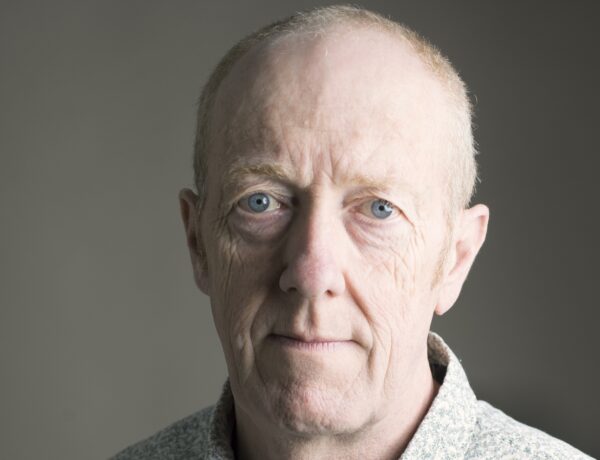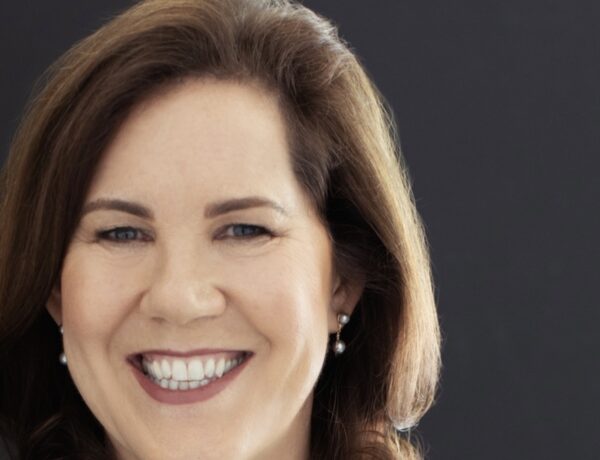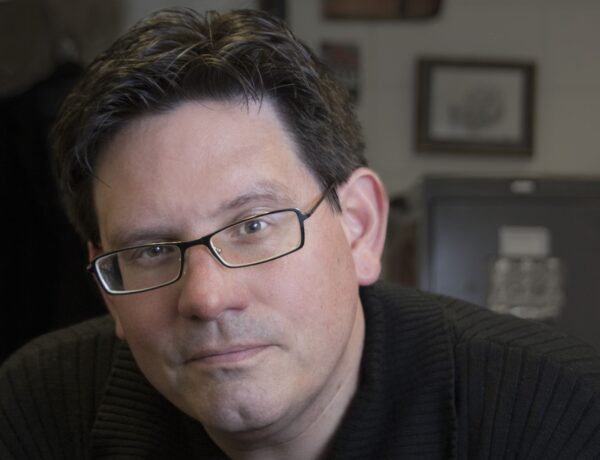Prince Shakur is a queer, Jamaican-American author, freelance journalist, videomaker, and NY Times recognized organizer.
His writings range from op-eds in Teen Vogue to features on the violent impacts of policing and cultural essays that delve into black icons, like Bob Marley or Huey Newton. In 2017, his video series, Two Woke Minds, earned him the Rising Star Grant from GLAAD.
As an organizer, he brought Black Lives Matter to his university campus, did migrant caravan support work, and was a lead organizer with Black Queer and Intersectional Collective in Columbus, OH.
His work, whether literary, visual, or grassroots, is stepped in his commitment to black liberation, prison abolition, and queer resilience.
His debut memoir, When They Tell You To Be Good, charts his political coming of age, and has been hailed as “ scorching, nonlinear journey through a Black man’s search for self” by Kirkus Reviews.
Each week, we publish a new daily writing routine from a famous author. Subscribe to our newsletter so you don’t miss out!
Hey Prince, we’re so excited to have you join us on Famous Writing Routines. To start off, could you give our readers a brief overview of your background as an author?
When They Tell You To Be Good is a memoir and my first book, but I’ve been a journalist and essayist for the past six years. I’ve done a lot of writing on police and prison systems, different political movements, and various film reviews. My writing practice is always centered around black culture, analyzing history or trying to navigate the complexities of white supremacy. I’ve also dabbled into screenwriting and poetry and am finishing a novel at the moment.
How do you approach writing about your experiences as a queer, Jamaican-American individual, and how do you navigate the intersectionality of your identities in your work?
I knew that it would be important to be honest but not to over sensationalize the more traumatic aspects of the book. When writing about family, I think it’s important to know what your personal boundaries are in terms of what you want to talk about.
The most important thing was to use my queerness as a lens to unpack my blackness, Jamaicanness, and Americanness. Queerness is a lens that I can use to unpack the faults of a dysfunctional family, how I failed to live up to heteronormative expectations, and is a means of survival.
Exploring that as a central theme, it allowed me to align my life alongside my parents’ generation; to see the differences in our trajectories and to find forgiveness through deeper understanding. And when I say forgiveness, I mean recontextualizing forgiveness and healing in a way for me that feels honest and not superficial. It’s a lot to bare so many parts of yourself and my biggest goal was for this project to be in the lineage of healing.
Can you discuss your involvement in grassroots organizing and activism, and how it informs your writing on issues of black liberation and prison abolition?
I’ve been involved in organizing in various capacities since 2014- organizing around BLM in college, labor organizing in Seattle, Standing Rock and more recent movements in Ohio. I think social justice will always be a part of my life whether in my creative practice or on a community level.
Writing and organizing are both ways for me to express myself. I think the political side of me leaks into my writing through curiosity and always desiring to find a new language to critique the messiness of capitalism, white supremacy, and anti-blackness.
In this messed up world, it’s so important for artists to be clear on how they stand against oppressive social systems. I take my complicity, as a westerner and a black man, seriously when it comes to how I want my body of work to be remembered and what I want it to speak to.
I revere so many black writers that have come before me and found emotional ways to engage in their politics. This takes a lot of faith and imagination, which are both things that abolition and libération require. They feed each other.
Can you speak to the themes and messages in your debut memoir and the process of bringing it to publication?
The biggest themes in the book are definitely queer displacement, longing while coming of age, and what it means to confront mortality. I love the concept of this book as a queer travelogue with the idea in mind that queerness can compel us to go to far-off parts of the world to find love, friendship and chosen family.
In many of my travels throughout, I usually arrive at a place with some sense of naivete, then, through longing or trauma,, come to a conclusion that helps me move forward in a healthier way. This is beautiful, to me, because it shows the centrality of how human connection has helped me survive all these emotional and political violences.
I got the idea for this book in 2016 and wrote it over the next four years through various travels, moves to new places, and working with different agents. I think going through so many changes while I was writing definitely allowed me to view myself as a malleable character. I finished the last chapter of the book in early 2020, then found my editor with Tin House in the summer of 2021. Book submissions were a super hard process for me.
Discover the daily writing habits of authors like Stephen King, Neil Gaiman, and Gillian Flynn with Famous Writing Routines Vol. 1 and learn how to take your writing to the next level. Grab your copy today!
What does a typical writing day look like for you?
It really depends on what projects I’m working on, but generally, if I have a lot of writing work, I love to get up by 9 AM. I take a shower, make my coffee, and eat breakfast quickly, otherwise, I’ll waste a lot of time before I sit down at the desk to write.
I’m definitely a writer that likes to start early and dive into the process for hours at a time. I light incense or put on a bad tv show in the background. Around lunchtime, I take a break and evaluate the project that I’m working on or try to pivot to something else creative to give a certain part of my brain a break.
I usually hit my wall around 4 PM, which is when my housemates come home from their jobs and my social energy is on high. If I’m really feeling a draft or editing, I’ll go into the evening.
With so many different areas of work and activism, how do you balance all of your responsibilities and make time for your writing?
It’s a bit complicated at times, but the general answer is that I’ve been a freelance journalist for the past six years and that’s given me a lot of complexity for when I can start, drop or pivot projects. On some level, I’m always working on writing.
For my activism and organizing work, that can come sporadically or is dependent on what kind of political organization I’m working with. But I keep a solid calendar and to-do list, and that guides me most of the time.
What was your experience with residencies like Sangam House, La Maison Baldwin, The Studios of Key West, and The Atlantic Center for the Arts, and how did that impact your writing?
I love the idea of artist residencies and at most of them, I’ve had positive experiences. Sangam House was my first residency and took me all the way to India while I was writing When They Tell You To Be Good. Bengaluru is where I wrote about half of the book.
I mainly love residencies for the chance to slow travel and to meet other artists/exchange ideas with them. There were so many nights during Sangam House that I stayed up late with the other writers, drinking OId Monk, watching movies, and talking about what pieces of writing we were working through that day. I got to see day by day how our conversations changed the trajectory of our work, and that was magical.
For other writers out there, I’d definitely recommend researching the ethics and politics of residency before you accept, especially if you are a person of color or from a marginalized background. I had a residency last year with Atlantic Center for the Arts that was pretty bad and led to me leaving early. It taught me an important lesson about having a sense of what creative spaces you’re entering.
What does your writing workspace look like?
Right now, it’s definitely in flux. I have a cramped desk in my new NYC apartment or write in my living room. But I usually have incense around or a photo of James Baldwin nearby and books that I love.
Affiliate disclaimer: Some links on this website are affiliate links. We may earn a small commission if you make a purchase through these links, but only promote products we truly believe in. We disclose affiliate links and give honest reviews.



No Comments